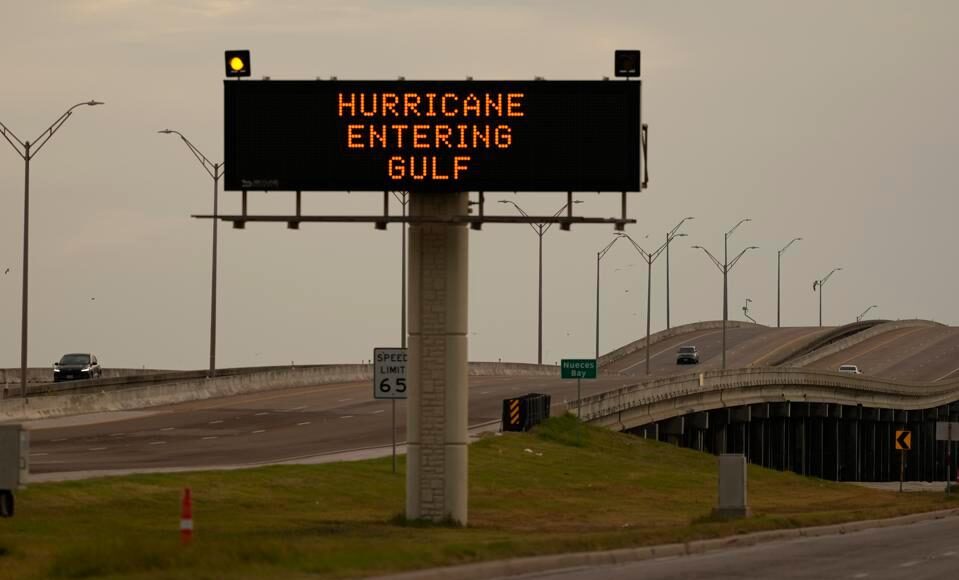Hurricane Beryl made landfall along the Texas coast early Monday after regaining strength overnight to become a Category 1 storm, days after it barreled through parts of Mexico and the Caribbean and caused severe devastation.
According to the National Hurricane Center’s latest advisory, a hurricane warning is in effect along the Texas Gulf Coast, from Mesquite Bay to the town of Port Bolivar.
Just hours before landfall, top sustained wind speeds of 80 mph were reported from the storm and the NHC said “additional strengthening is expected before the center reaches the Texas coast.”
The agency also warned of storm surges as high as 7 feet along the coastal areas and localized instances of around 15 inches of rainfall along the Gulf Coast and Eastern Texas on Monday.
After making landfall, Beryl is expected to weaken significantly and move inland over eastern Texas, before reaching Arkansas on late Monday or early Tuesday.
Get Forbes Breaking News Text Alerts: We’re launching text message alerts so you’ll always know the biggest stories shaping the day’s headlines. Text “Alerts” to (201) 335-0739 or sign up here.
11. That is the estimate of people killed by Beryl so far after it struck parts of the Caribbean Islands and Mexico’s Yucatan Peninsula.
Beryl is the first Atlantic hurricane of the 2024 season and last week it became the region’s earliest Category 4 and later Category 5 storm on record. The storm first made landfall along the Southeastern Caribbean islands—including Grenada, Barbados, Tobago, St. Vincent and the Grenadines and St. Lucia—as a Category 4 (with wind speeds above 130 mph) on July 1, killing at least six people in the region and causing extensive damage to buildings. Even though it was not struck by Beryl, at least three people died in Venezuela as a result of the flooding caused by the hurricane. Two days later, Beryl struck Jamaica’s southern coast as a Category 4 storm, killing at least one person and causing large-scale power outages. On Friday, the storm barreled into Mexico’s Yucatan Peninsula as a Category 2 hurricane, bringing strong winds and heavy rains, but no deaths were reported.
Beryl is the first of what could be one of the busiest Atlantic hurricane seasons on record. In May, the National Oceanic and Atmospheric Administration warned as many as 25 named storms could emerge throughout the season—eight to 13 of which could develop into hurricanes. Between four to seven of them could develop into major hurricanes, classified as Category 3 or above with sustained wind speeds higher than 111 mph. On average, 14 named storms are observed every year in the Atlantic. The dramatic forecast is the result of near-record high sea surface temperatures in the region—which are more typical for September instead of early July. The warmer-than-usual water has accelerated the arrival of major hurricanes above Category 3 in the Atlantic—which also usually begins in September. The threat of a devastating hurricane season adds to growing warnings from climate scientists that rising global temperatures could cause extreme weather events around the world.
Beryl Nearing Hurricane Strength—Again—Before Making Landfall On Texas Coast (Forbes)








